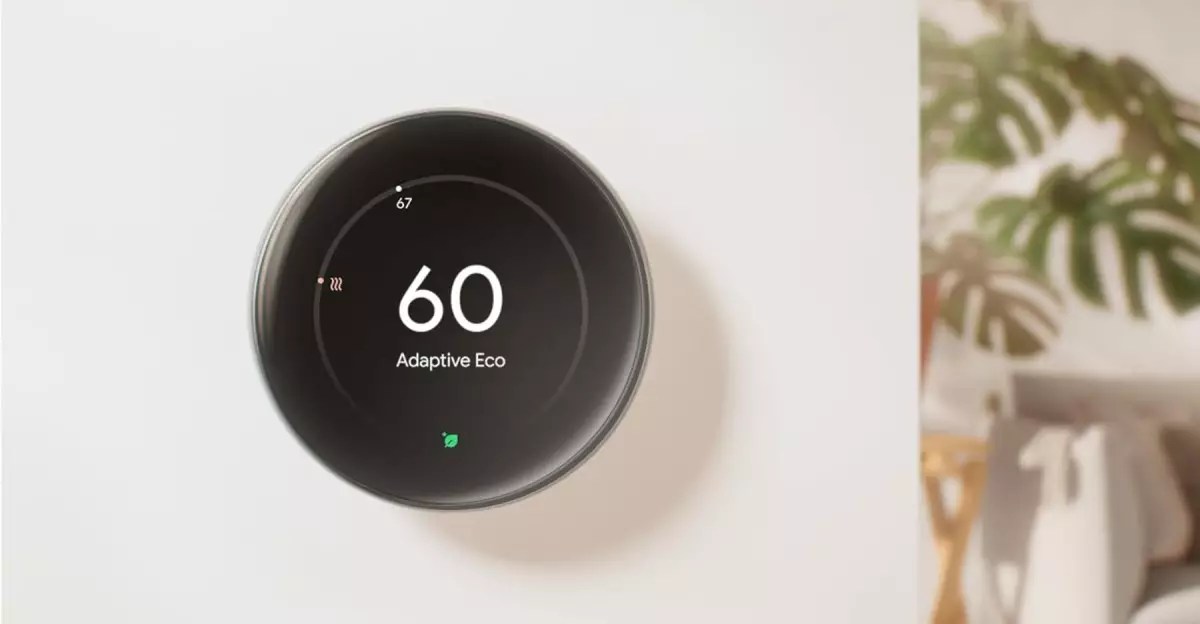The evolution of smart home devices often feels incremental, but Google’s recent release of the fourth-generation Nest Learning Thermostat defies that notion. This upgrade isn’t just about superficial design tweaks; it signifies a major leap forward in integrating intelligent comfort management into our daily lives. The device’s enhanced compatibility, refined aesthetics, and cutting-edge features position it as the cornerstone of a truly modern smart home ecosystem. It’s a device that not only adapts effortlessly to your lifestyle but also raises the bar for what home automation should embody—intelligence, convenience, and style.
This new model boasts an impressive hardware redesign, moving beyond the bland, utilitarian look of its predecessors. Its larger, 60% bigger display redefines user interaction—offering more detailed insights at a glance. Pixels are no longer cramped, and the interface feels more intuitive, with customizable views that prioritize what matters most to each user. Whether you want to monitor humidity, outdoor temperature, or local time, the flexibility ensures the thermostat becomes an informative centerpiece of your home environment rather than just another gadget.
Enhanced Compatibility and Future-Proof Features
What truly sets this iteration apart is its broadened compatibility and future-ready capabilities. Supporting Matter, an emerging standard that unifies smart home protocols, the thermostat integrates flawlessly across platforms like Google Home, Apple’s HomeKit, Amazon Alexa, and Samsung’s SmartThings. This interoperability breaks down barriers that once limited smart devices, allowing homeowners to curate a truly cohesive and personalized ecosystem.
Installing and connecting the device is straightforward, with Google’s compatibility checker becoming increasingly essential. Gone is the necessity for a C-wire—a common headache with older thermostats—making integration easier for a wider array of homes. Moreover, the inclusion of a second-gen remote temperature sensor adds a new dimension of control, allowing for more precise climate regulation by monitoring specific rooms or zones. This feature is critical for homes with uneven heating or cooling, and it underscores Google’s recognition that comfort isn’t one-size-fits-all.
Intelligent Features that Transform Daily Living
The hallmark of the Nest Learning Thermostat has always been its adaptability, and this model enhances that trait exponentially. The Smart Scheduling feature has been refined to better learn your patterns, reducing manual adjustments and delivering greater energy efficiency. Connectivity to smart assistants means a simple voice command can set or change your home’s climate, blending seamlessly into your daily routines.
Furthermore, the inclusion of the Soli radar sensor showcases Google’s commitment to nuanced user detection. This sensor can sense when someone approaches, allowing the thermostat to prepare or adjust in anticipation of your needs—a small but significant step toward anticipatory home automation. When paired with the new larger display, users experience a device that not only learns but seems to predict preferences, making home comfort more intuitive than ever before.
In sum, this generation of Google’s Nest Learning Thermostat isn’t just a smarter version of a familiar device; it’s a substantial upgrade that bridges advanced hardware, broad compatibility, and intelligent software to redefine comfort management. For homeowners eager to elevate their living spaces, this device isn’t merely a luxury—it’s fast becoming an essential piece of home technology that embodies the future of smart living.


Leave a Reply